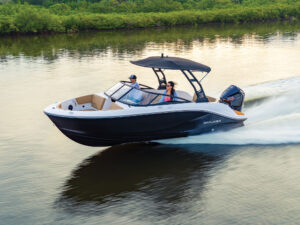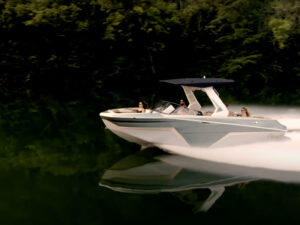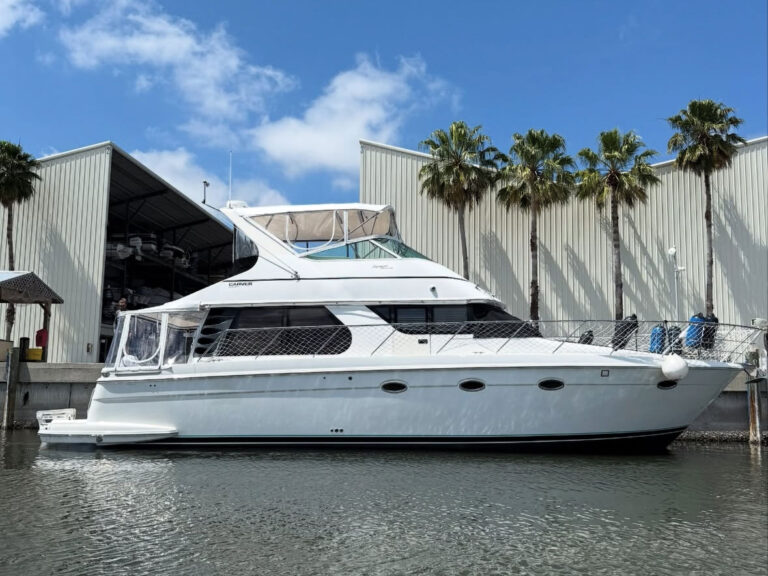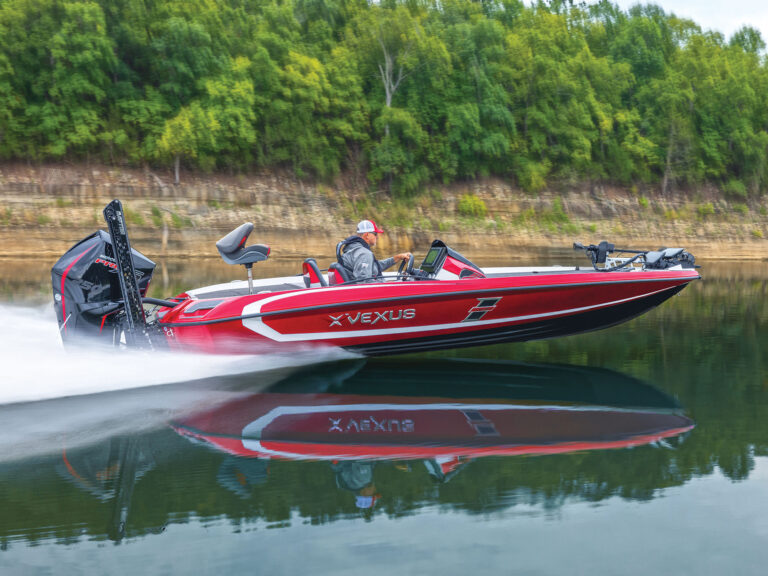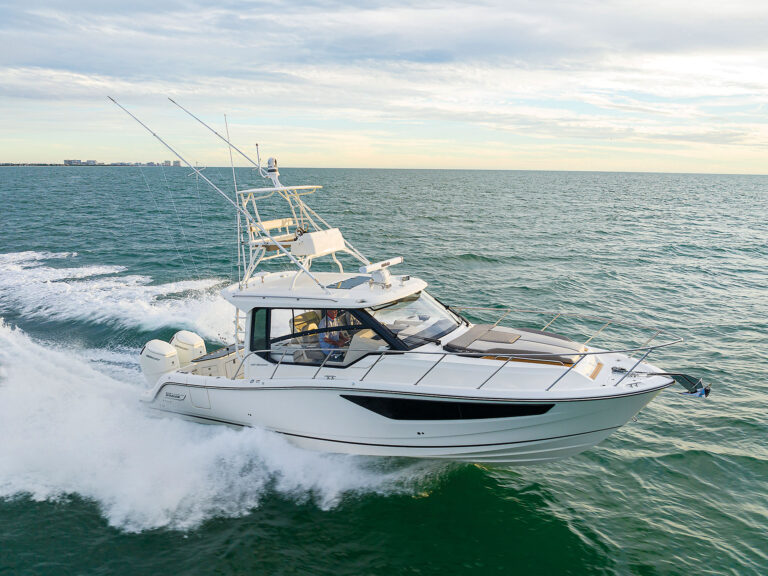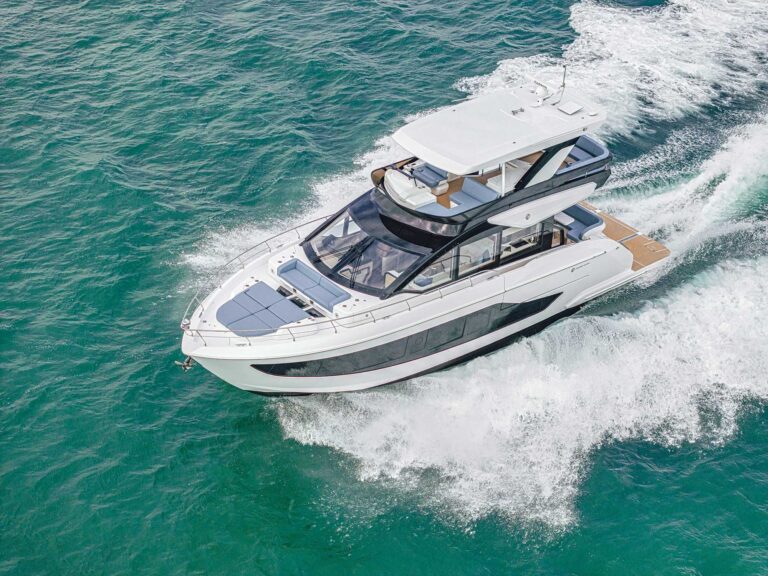
There’s an old cowboy saying about haggard-looking horses that describes them as “rode hard and put away wet.” That’s because horses are supposed to be groomed and brushed out after a long day under the saddle to prevent their coat from getting matted and their hooves from being damaged and to keep them from getting sick in general.
I think of this after taking the boat out for a spin because most boaters inspect the boat before heading out to sea — as they should — but don’t do much to the boat after coming home, other than spraying it down with the hose. Scrubbing it clean is important, but take a few extra minutes for inspection too.
Sure, you may be tired from a long day on the water, and in some cases, there may be just a few minutes before the sun sets, but having a post-game inspection routine can be great for your boat in the long run. Here are a few things to check before you retire your boat to the stable.
Engines
Check the engine temperature to make sure it’s still running within normal operating range. Before shutting off, check the telltale stream on your outboard to make sure it’s still flowing. Did you pick up some clogging debris? Better to know now.
Props
Trim your outboard’s or sterndrive’s lower unit out of the water, or as far up as you can, to inspect for any dings or damage. With the engine off, give the prop a quick spin with your hand so you can see or hear any stray fishing line wrapped around the prop shaft that’s pinging inside the barrel. Also, how are those zincs?
Batteries
Give the battery a quick check with a voltmeter to see if it registers 12.6 volts. That will let you know whether your alternator’s doing its job. Check the connections too.
Oil
As far as the oil level, different manufacturers have different guidelines for checking when the engine’s hot or cold, so do whatever it says in your owner’s manual. Checking the oil after running, though, is a great time to gauge engine health. Pull the dipstick and wipe the oil on a clean rag. If the oil looks milky, you could have water contamination. If it has a burned smell, your engine could be overheating. If you see any metal shavings, it could indicate larger internal engine problems.
Filters
Inspect for water or debris in your fuel filters to see if you have any contamination.
Electrical Connections
Check if any electrical connections worked loose during the run home.
Hoses and Belts
Did any hose clamps work loose during the run? Do the hoses or engine belts show any cracks or signs of aging, wear and tear? If you’ve just returned from heavy seas, it’s better to check sooner rather than later.
Bilge
Poke your head into the bilge. Is there excessive water? Check the bilge pump to make sure it’s working, both from the helm and taking a look at the automatic float switch. Are all of your seacocks closed properly? Look for cracks and leaks that could sink your boat.
Fittings
If you pull your boat from the water, check all the through-hull fittings for corrosion, cracks or clogs. If you leave your boat in the water, check all the scuppers and outboard drains for clogs that could keep water from draining.



